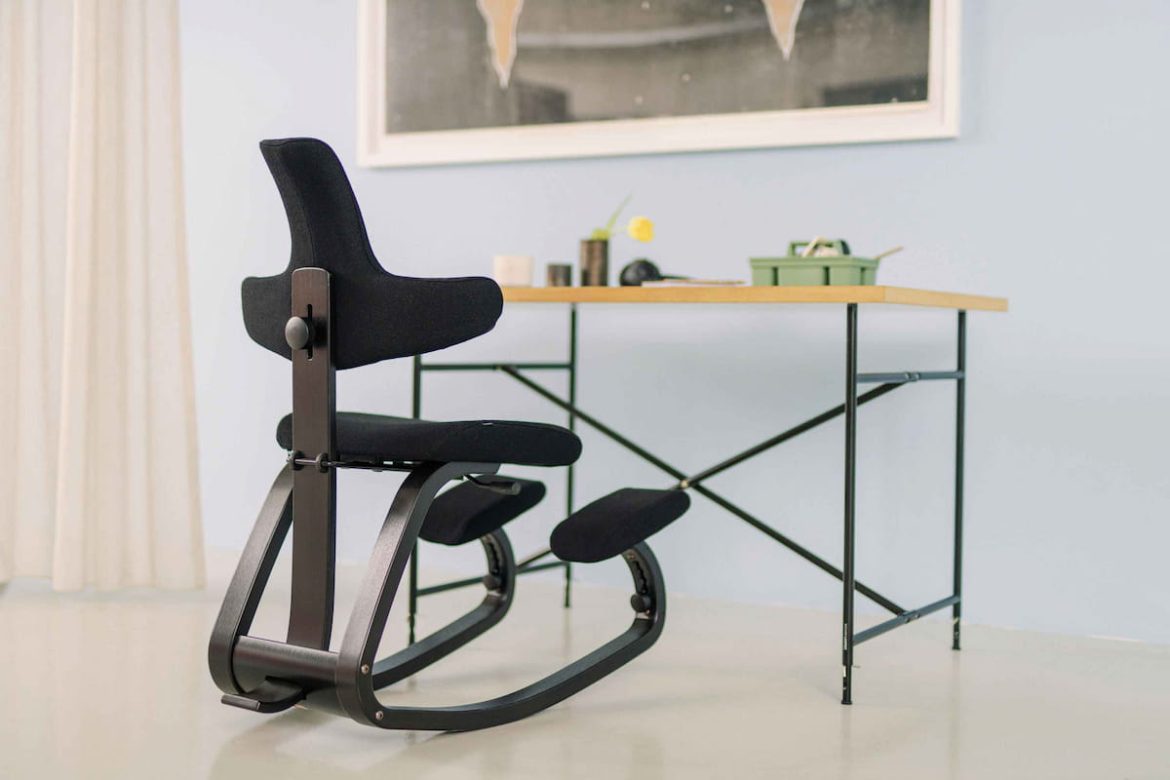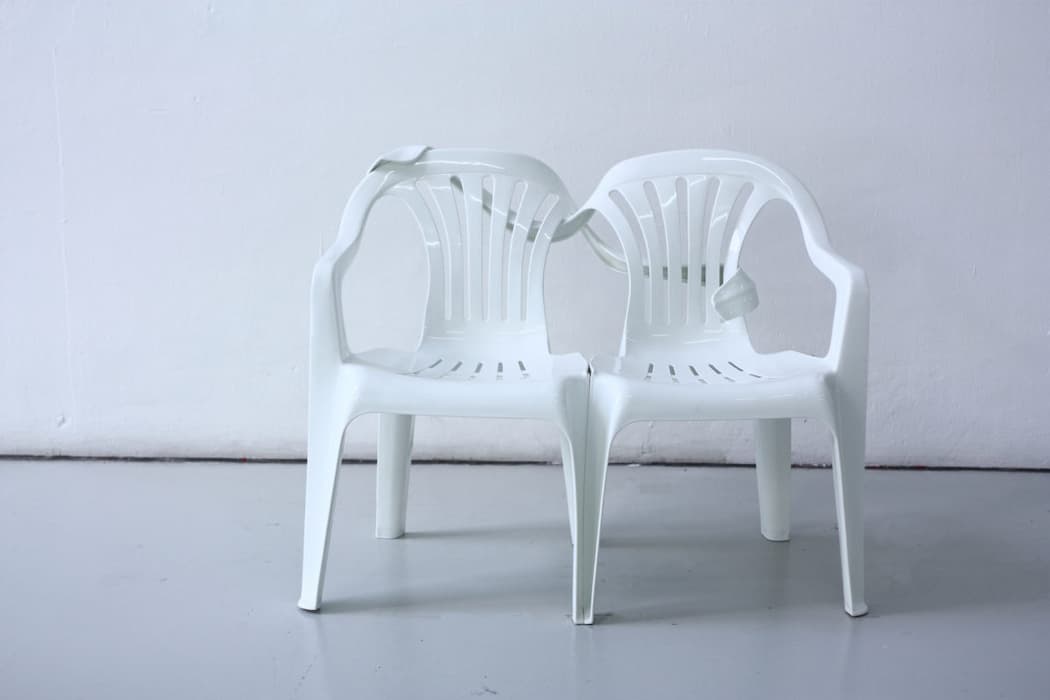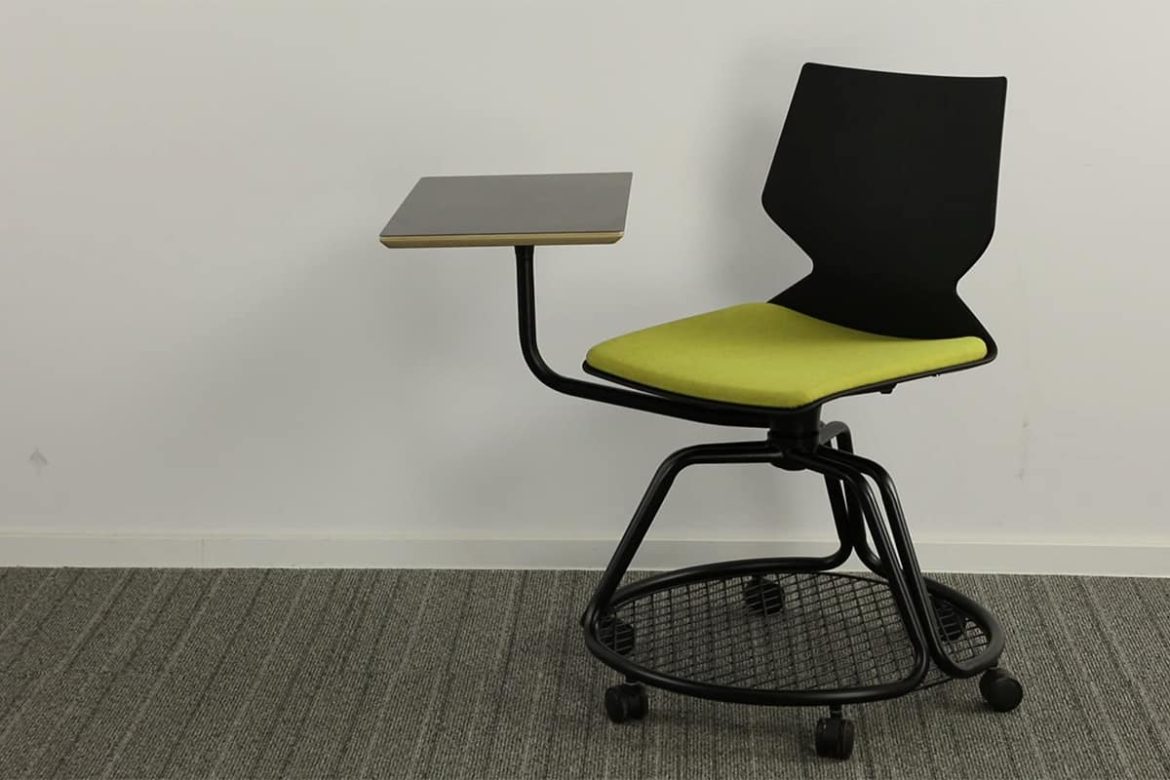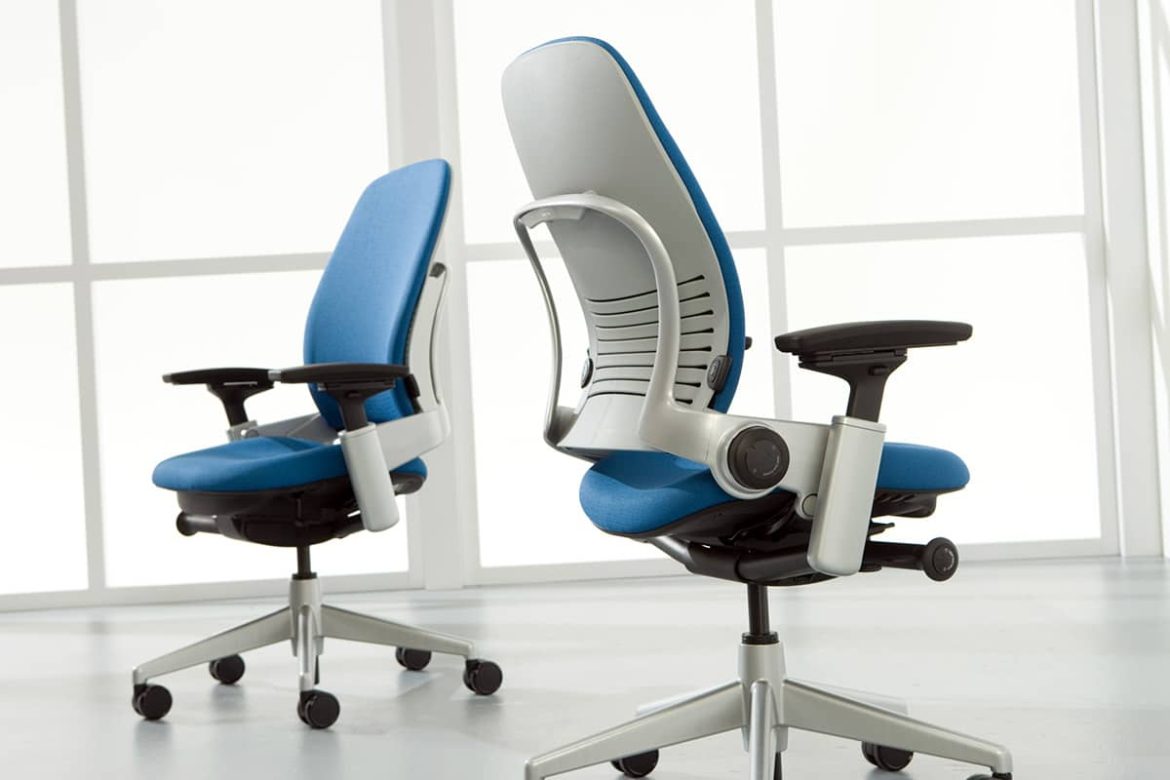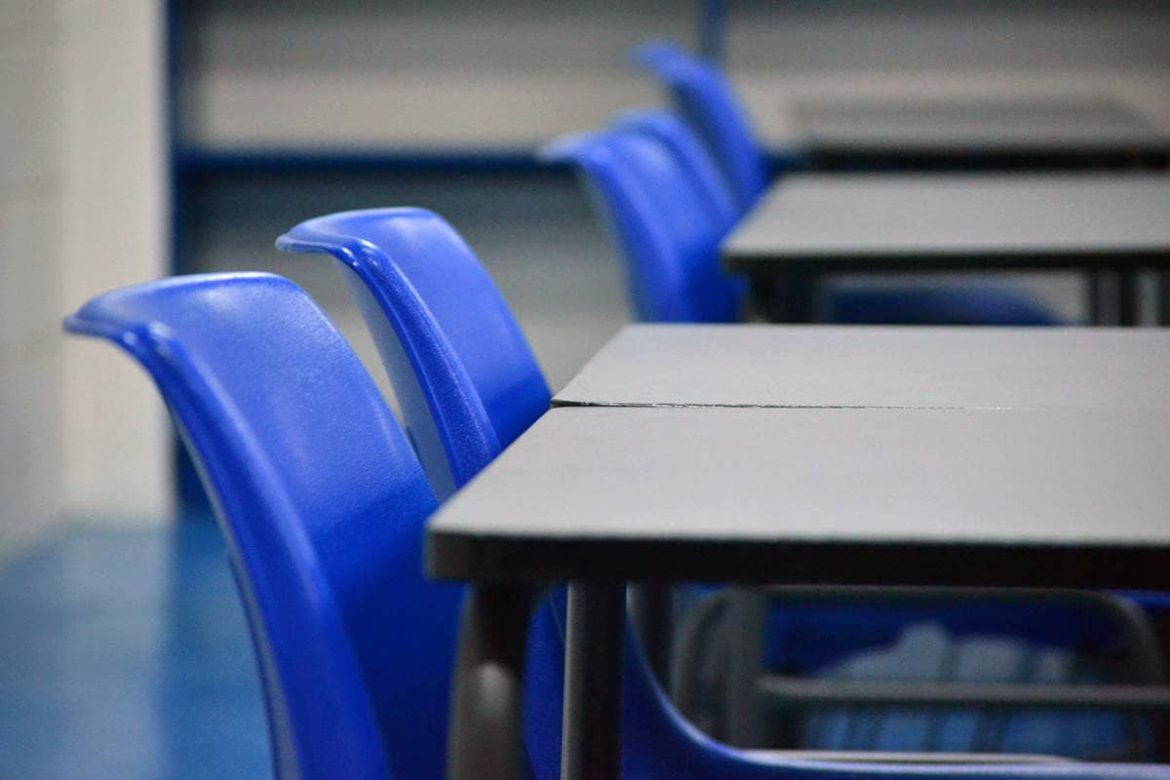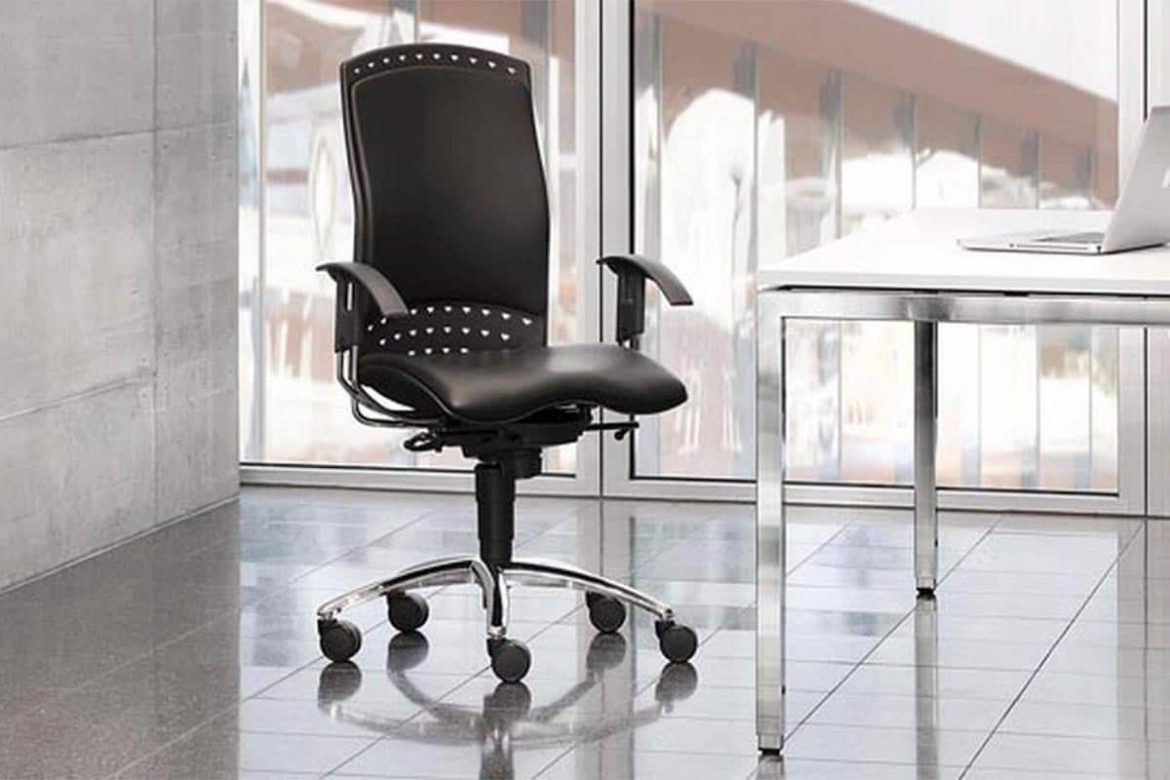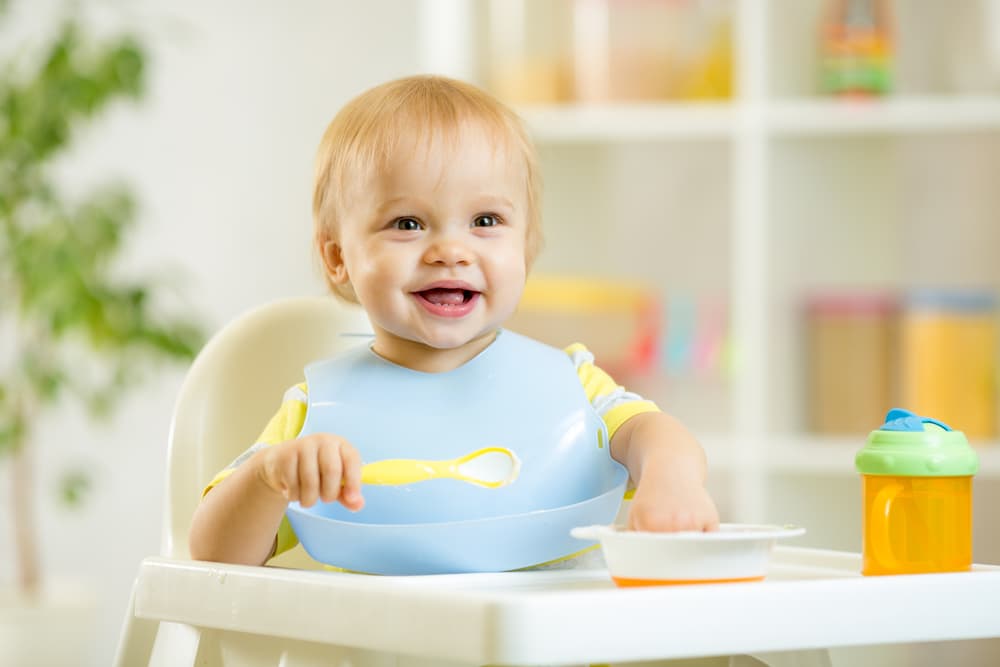outdoor tile table and chairs+ The purchase price
Tiled tables provide a unique touch to a variety of spaces, including outdoor spaces, and much more
Additionally, the tiled surface is more useful than wood or glass tables since it resists scratches, stains, and even water smudges
You’ll need a square-edged table, sufficient tile sheets to cover the full top, tile glue, and grout to construct your own DIY tile table
This may be accomplished with a cheap choice like the lack side table, or you can choose to refinish used or thrifted furniture
Depending on the size of the item, the remaining supplies and equipment should cost less than the normal cost, and you can easily finish this project in a week after you have the table
what you need, is a rectangle or square table, sheets of square tiles, tile cement, a trowel with a square notch, grout, floaty grout, water with a bucket, sponge
Measure and cut the tile sheets in step one
For the most precise measurements, measure the table after it has been completely put together
Trim the tile sheets to the dimensions of your table

Apply tile glue in step two
Cover a portion of the table at a time with the tile adhesive
Spread the glue out to a uniform thickness using a trowel
To make ridges, use the trowel’s notched edge to comb over the glue
Place tiles and let dry; Press the tiles onto the table’s surface, such as the top, sides, and legs, working one part at a time to make sure the glue is adherent
If necessary, remove any extra adhesive from the joints
At least 24 hours should pass before grouting
Apply the grout
As directed by the manufacturer, mix grout in the preferred color
Using a grout float, apply grout over the tiled surface and work it into the cracks
To guarantee uniform coverage, hold the float at an angle or pass over regions from both directions
Remove any excess, then let it sit for 15 to 30 minutes
Scrub the tiled area
Cleaning grout residue off the surface of the tiles requires dampening a sponge in a pail of warm water and rubbing it in a circular motion
To prevent stains, rinse or wring out the cloth often
To delete any grout haze, wipe with a clean, dry cloth and allow to completely dry
Ceramic tabletops are thought of as a very resilient material that is perfect for year-round outdoor usage

Ceramic tabletops are made of natural materials, which result in differences in tone and texture that give each item its own identity and allow for diversity from table to table
Tile tabletops are resistant to heat, UV rays, water absorption, and the majority of outside elements
How to care for your tile table; tile is a sturdy material, but you should treat your tabletop carefully
Avoid setting it down firmly by applying pressure to the edges
When transporting the ceramic tables, be sure to use two persons and to support them vertically
It is not advisable to carry the tabletop horizontally since it might exert stress on the central portion, perhaps leading to fractures and deterioration of the interior structure
While ceramic is a durable material, it is not made to support large objects, which over time might cause damage to the tables
Cleaning and upkeep, It is essential to maintain the ceramic tabletop surface clean to avoid any buildup of dirt or other external debris
Cleaning excess debris with a microfiber cloth that is soft on the surface can maintain your item in outstanding condition even if dirt won’t penetrate the ceramic substance
Warm water as well as a neutral detergent works well to remove the majority of stains
Serious spills should be cleaned up every once to avoid permanent stains
To keep your furniture looking excellent, we suggest wiping down the tabletop after each usage and giving it a thorough cleaning a few times a year
Tile’s inherent qualities make it a weather-resistant natural material that may be used all year round
Use furniture coverings for additional protection if you want to keep the furniture during the colder months
Considerations for Outdoor Materials
The frames, tabletops, and upholstery of outdoor furniture must maintain their structural integrity and aesthetic appeal throughout many seasons and under various weather conditions
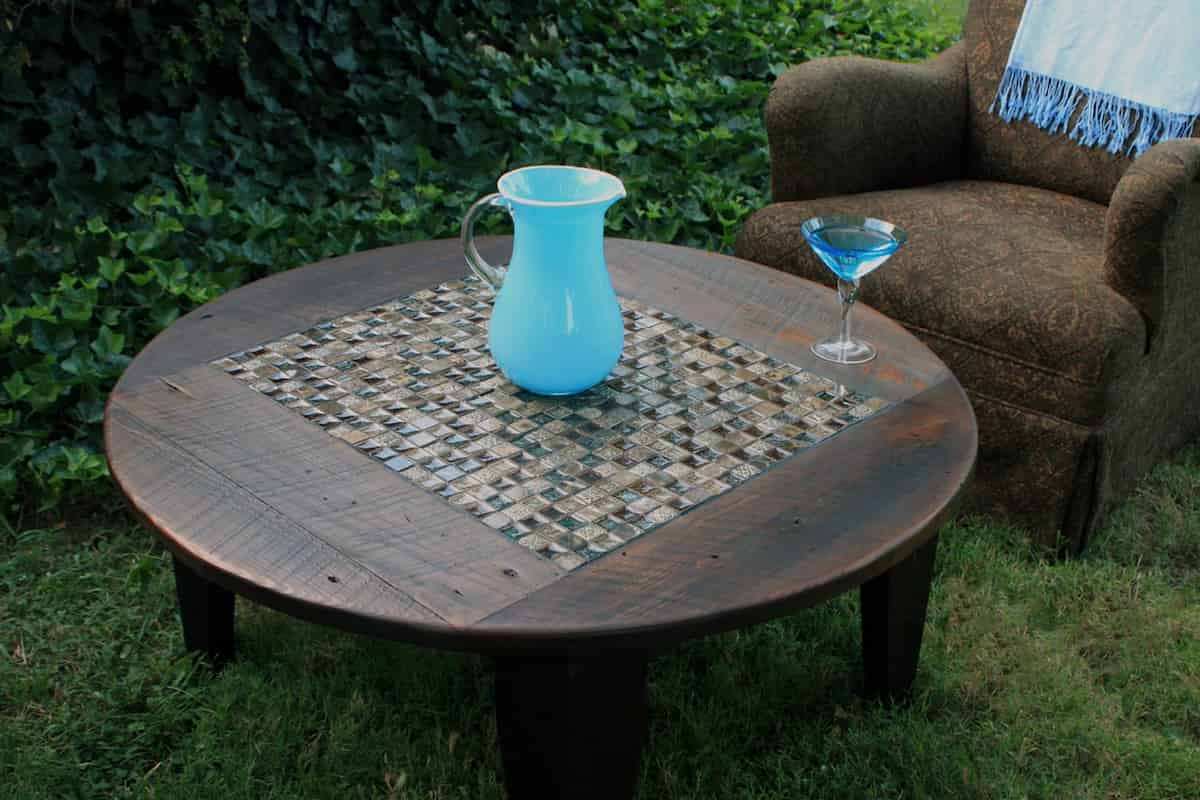
As well as these, it’s crucial to look at the materials’ pricing, “green-ness,” and maintenance requirements throughout the course of the year
Materials Used Outside Tile Table: Rain and Moisture; Make sure the tile table is resistant to harm from numerous water-based problems if you reside in a location with regular rainstorms or high humidity
Standing water or trapped moisture may harm your health as well as physically deteriorate the material
Humidity resistance for tile table; Various fungi may flourish in situations that are humid or damp
Mold and mildew may grow on organic materials that hold water, which can lead to discomfort, respiratory troubles, and other health concerns
However, they can usually be removed and don’t harm the fabric
Rot, on the other hand, causes the substance to biodegrade and disintegrate (decompose)
Corrosion and rust tile table; Steel and iron-containing metals are susceptible to corrosion if they are continuously exposed to oxygen and water
These metals of tile table steadily get weaker due to the corrosive oxidation process, which leaves them with noticeable rust and other blemishes
Rusting is often more common in coastal areas because the salt in the air or water speeds up the chemical reaction
Tile table Warping; Materials that let water penetrate may dry unevenly, causing the original form to warp (twist or bow)
While it may not be noticeable at first, it can eventually cause the material to deform dramatically, the cause seems to be out of alignment, and remove screws as well as other fasteners that keep the furniture together
Materials Used Outside tile table: Sun and Temperature
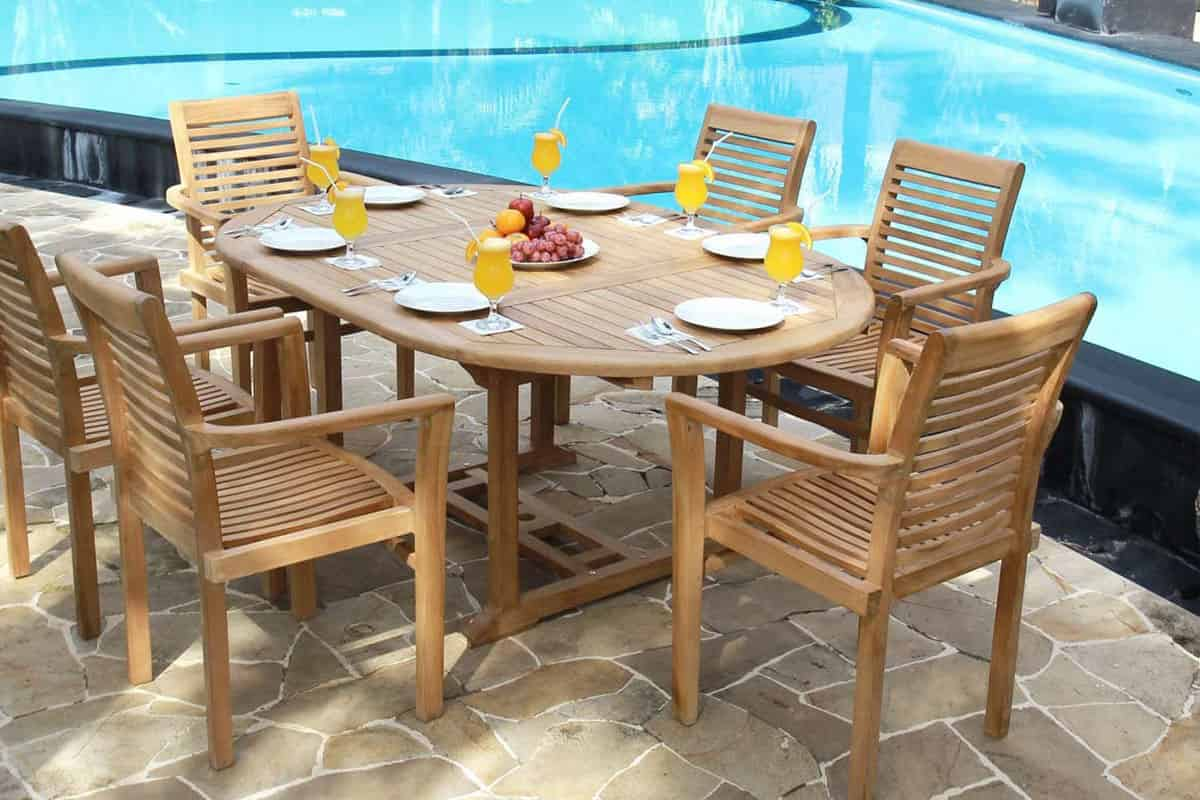
Temperature AND Sun; It’s important to seek outdoor materials that really can endure damage from strong UV rays and changes from high heat to cold if you reside in a sunny location or one with significant seasonal climatic shifts
Fading; Many materials may fade or lose their shine over time when they are exposed to the light on a regular basis
The visual change may be pleasing or may just be a loss of color intensity or uneven spots
Cracking; When heated or chilled, certain materials visibly expand or shrink
When subjected to very high or low temperatures, they may split, fracture, distort, or become brittle
Furniture might flex and break due to dry air as well
Heat Storage; Other logistical issues may arise as a result of the heat
Patio furniture exposed to the sun may warm up and become unpleasant to touch
Nobody wants to sit on or move about in a beach chair by the pool and burn their skin
Durability; Under ideal circumstances, some outdoor materials could survive for years, but when exposed to bad weather, they might need to be changed every few seasons
Others may endure a lifetime of various elements and yet seem brand new
Usage is another factor that affects durability

